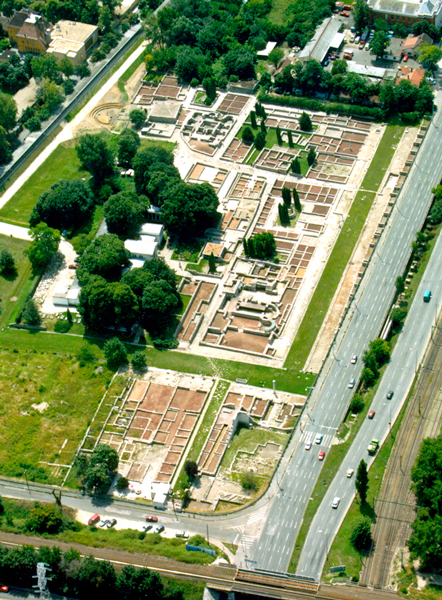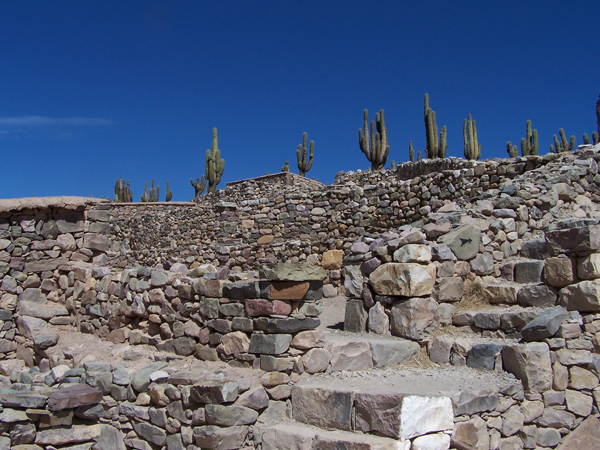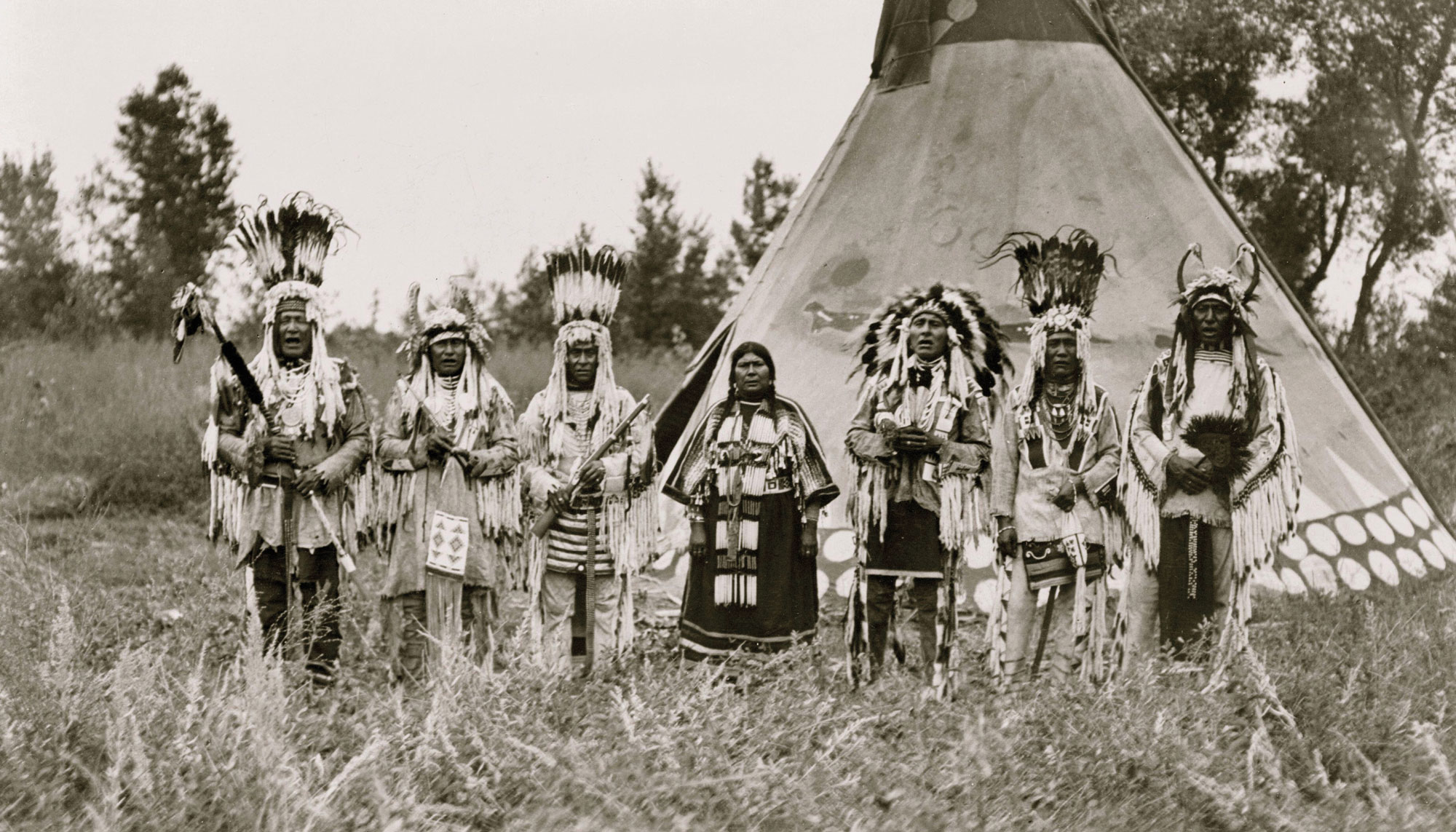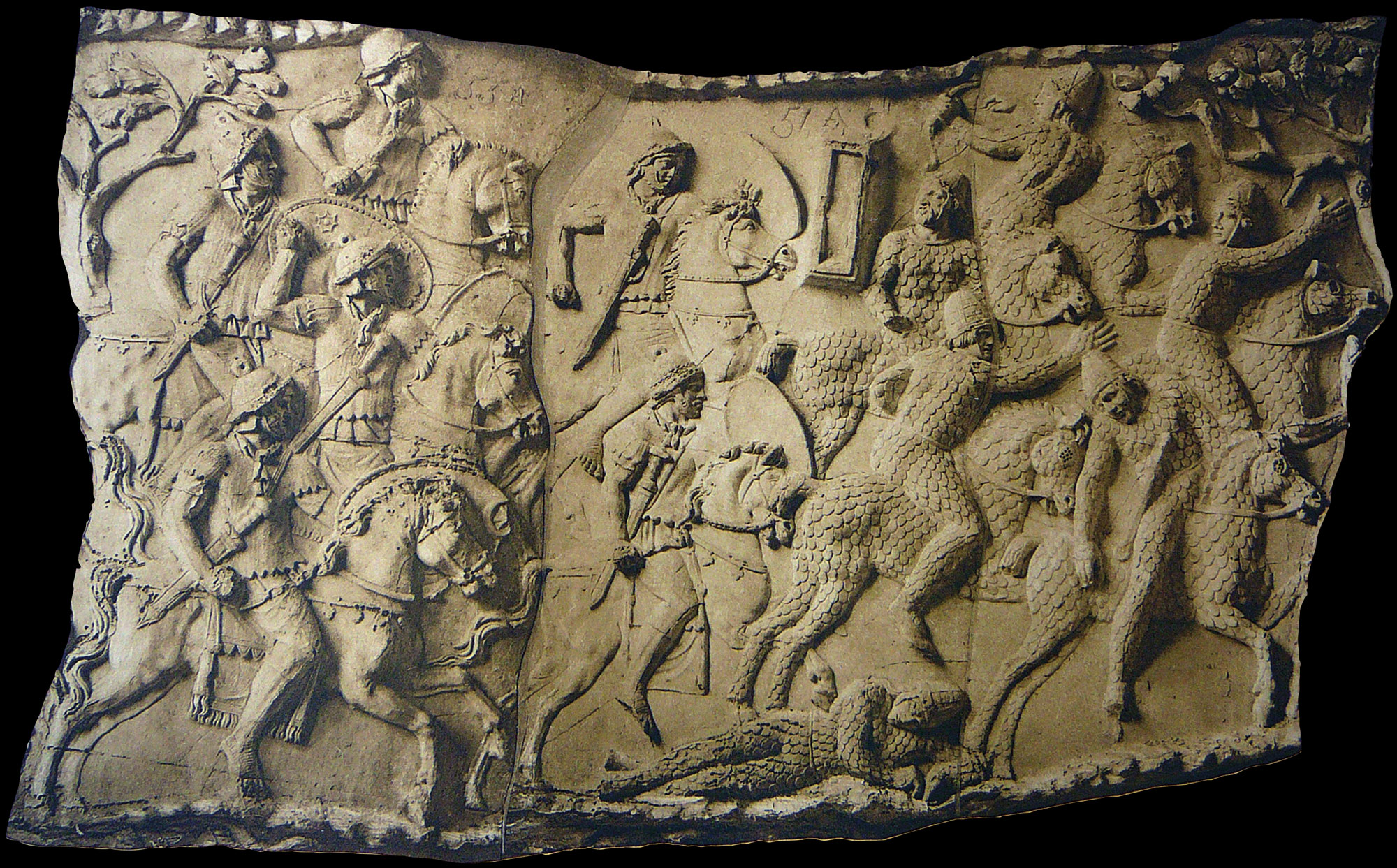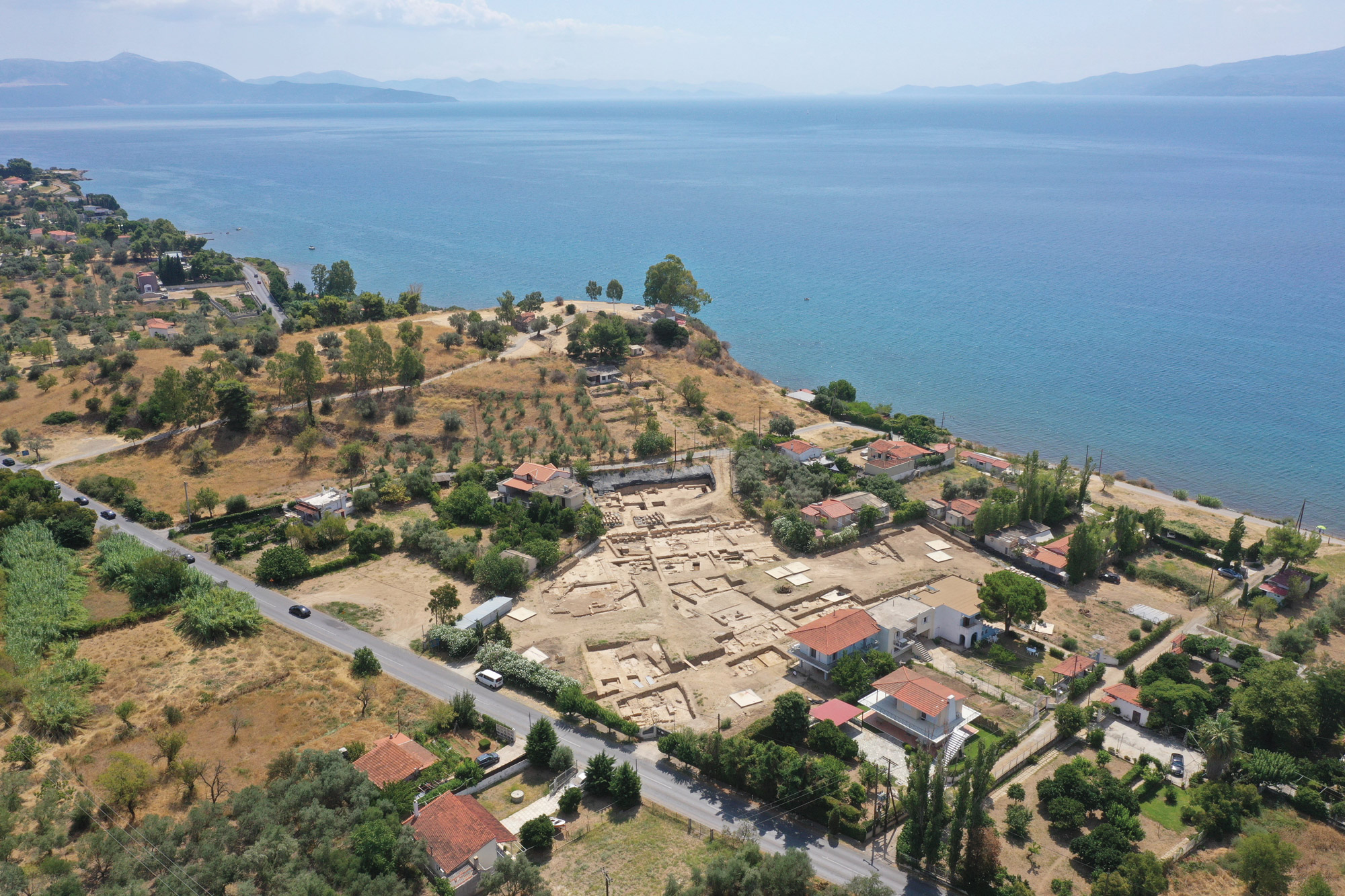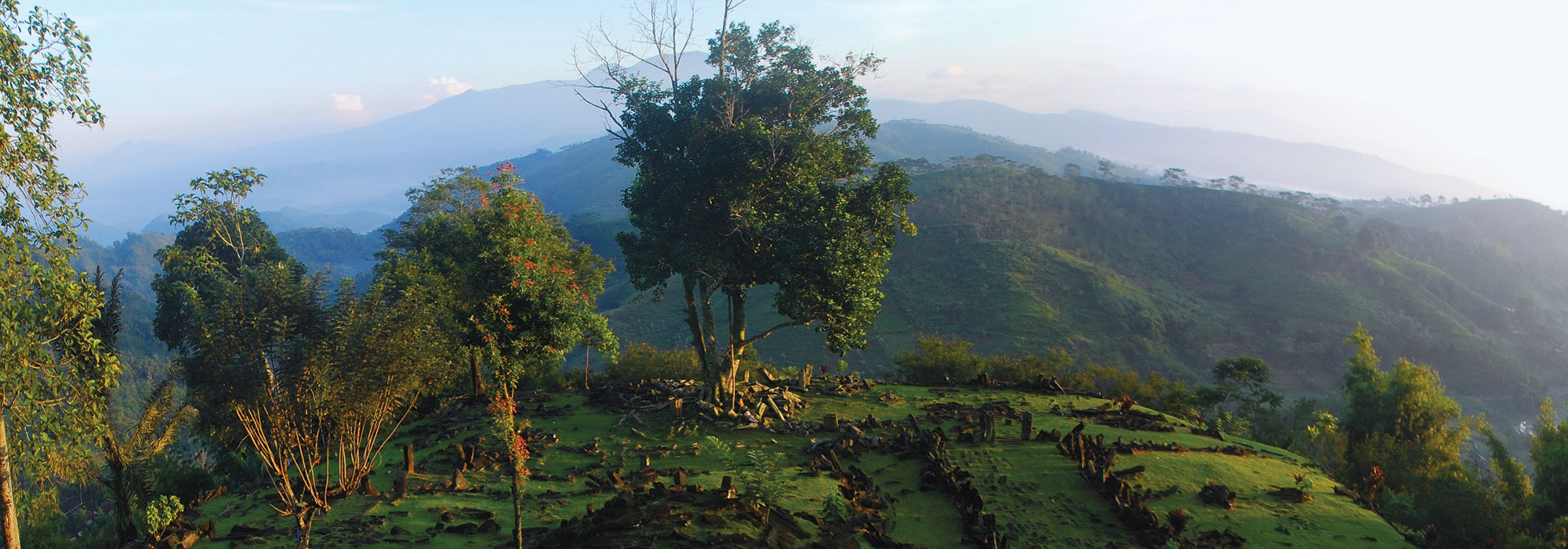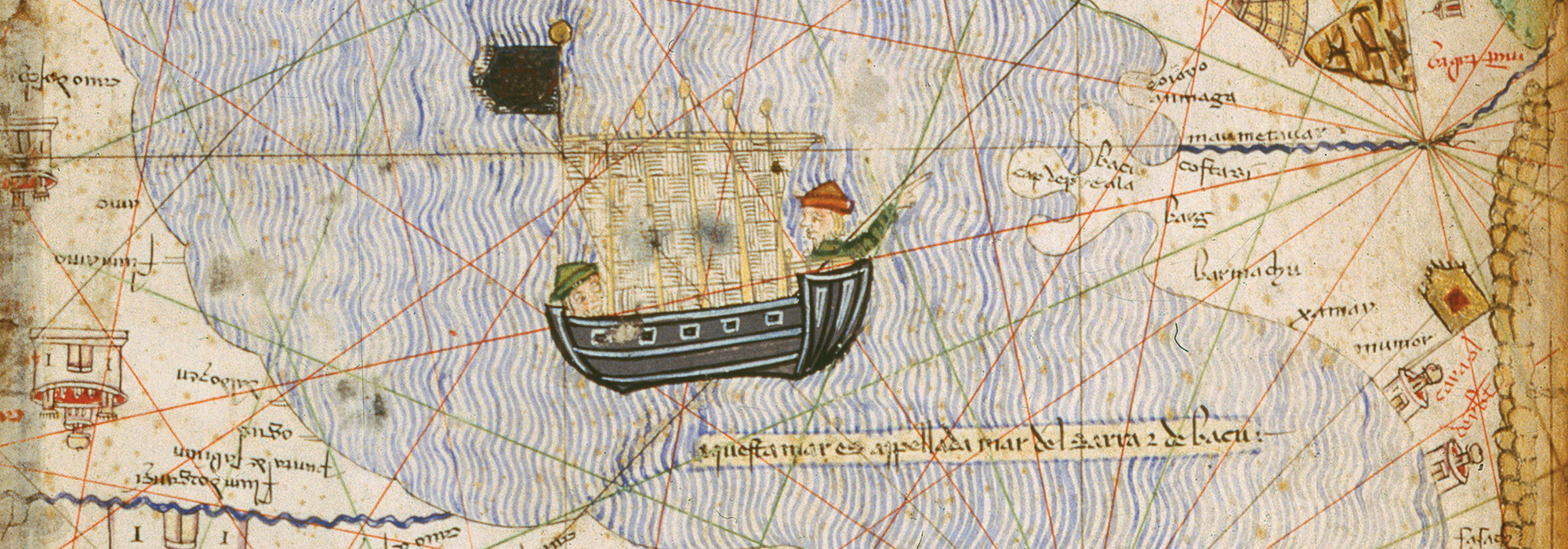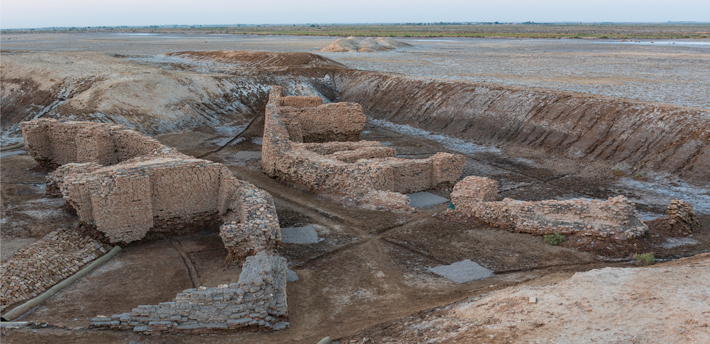
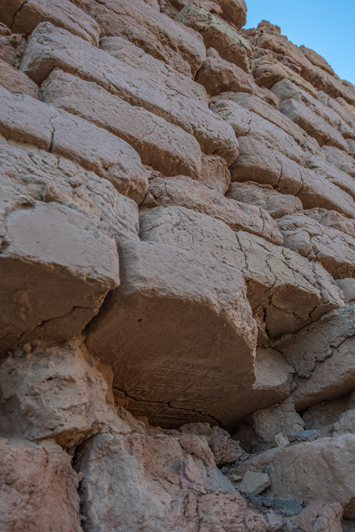
In the 1920s and early 1930s, French archaeologists at Girsu excavated a monumental brick structure measuring up to 130 feet long by 33 feet wide, with 11-foot-high walls, that resembled a pair of parentheses. Unsure of its purpose, they termed it the “enigmatic construction.” Based on satellite imagery and excavation of the landscape surrounding the structure, British Museum archaeologist Sebastien Rey identified traces of an ancient canal that had once passed directly through the structure. The canal was some 100 feet wide, and Rey concluded that the structure had served as a bottleneck to reduce its width to around 12 feet, narrow enough to be spanned with the planks of a bridge.
The bridge’s foundation was built of fired bricks coated with bitumen to make it sturdy and watertight. On 15 of these bricks, Rey’s team has identified inscriptions dedicating the structure to the god Ningirsu and naming Ur-Ningirsu (r. ca. 2110 B.C.), the king Gudea’s son and successor as ruler of Girsu. All of these inscriptions faced down lest the god’s name be trod upon.
Standing about a third of a mile to the east of Gudea’s great temple, the bridge would have been the main entrance to Girsu’s sacred precinct, crossed by pilgrims who traveled to the city for religious festivals held several times each year. “That’s why the bridge was so monumental,” says Rey. “It had the same significance as the temple or a city gate or a city wall. It was built by a king and was meant to be visible in the landscape.”


